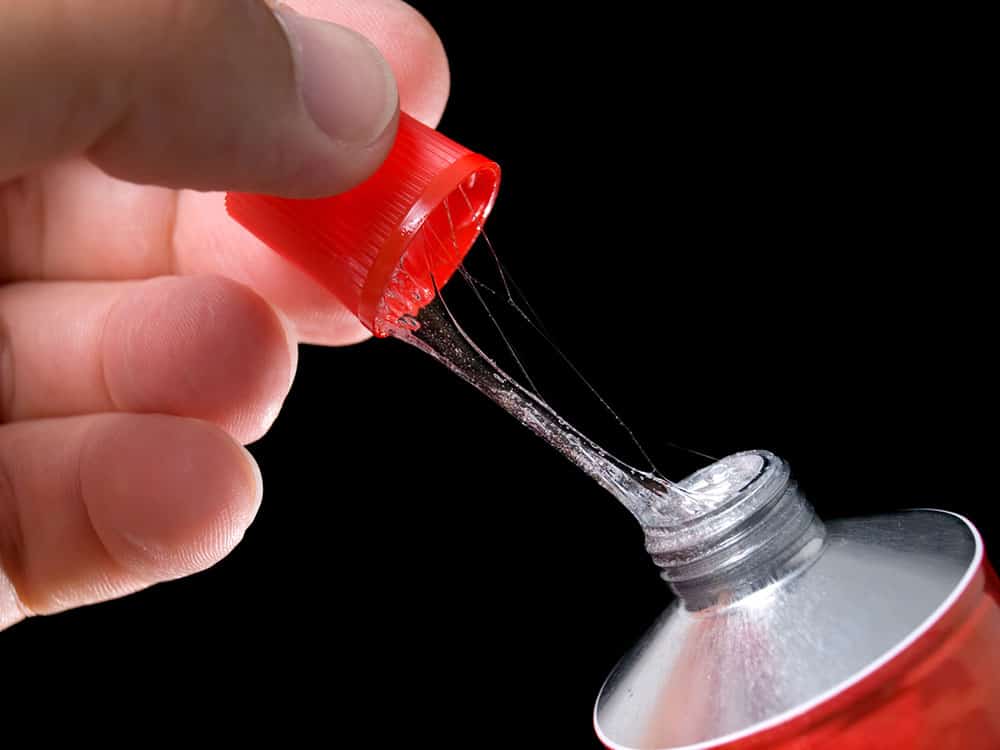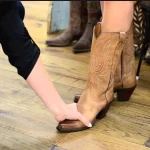How to Dissolve Super Glue: A Comprehensive Guide
Super glue, known scientifically as cyanoacrylate adhesive, is a powerful adhesive that bonds quickly and effectively. While it is incredibly useful for repairs, it can also be a nuisance when it accidentally adheres to skin, clothing, or surfaces. This guide will provide detailed methods for dissolving super glue, tips for prevention, and answers to frequently asked questions.
Table of Contents
- Introduction
- Understanding Super Glue
- Why Super Glue is Difficult to Remove
- Methods to Dissolve Super Glue
- Using Acetone
- Rubbing Alcohol
- Vinegar
- WD-40
- Commercial Debonders
- Removing Super Glue from Different Surfaces
- Skin
- Fabric
- Wood
- Plastic
- Glass
- Preventing Super Glue Mishaps
- FAQs
- Conclusion
- References
Introduction
Super glue is a household staple, often used for quick fixes and repairs. However, its strength can make it challenging to remove when it bonds to unintended surfaces. Understanding how to effectively dissolve super glue can save time, frustration, and potential damage to materials.
Understanding Super Glue
Super glue is a fast-acting adhesive made from cyanoacrylate. It forms a strong bond with various materials, including plastic, metal, wood, and ceramics. The adhesive works by reacting with moisture in the air and on surfaces, creating a strong polymer chain that adheres quickly.
Key Characteristics of Super Glue
- Fast Setting: Super glue can bond within seconds, making it ideal for quick repairs.
- Strong Bonding: A small amount can hold significant weight, making it suitable for various applications.
- Versatility: Works on multiple surfaces, including porous and non-porous materials.
Why Super Glue is Difficult to Remove
The strength of super glue comes from its chemical structure, which forms a tight bond with surfaces. This bond is resistant to water and heat, making traditional cleaning methods ineffective. Additionally, the quick setting time means that once the glue is applied, it can be challenging to remove before it fully cures.
Methods to Dissolve Super Glue
Using Acetone
Acetone is one of the most effective solvents for dissolving super glue. It is commonly found in nail polish remover.
Steps to Use Acetone:
- Test First: Before applying acetone, test it on an inconspicuous area to ensure it does not damage the surface.
- Apply Acetone: Soak a cotton ball or cloth in acetone.
- Blot the Area: Gently blot the super glue with the acetone-soaked cotton, allowing it to penetrate for a few minutes.
- Wipe Away: Use a clean cloth to wipe away the dissolved glue.
- Repeat if Necessary: If the glue remains, repeat the process.
Rubbing Alcohol
Rubbing alcohol (isopropyl alcohol) can also be effective, especially on skin and some surfaces.
Steps to Use Rubbing Alcohol:
- Soak a Cotton Ball: Dampen a cotton ball or cloth with rubbing alcohol.
- Apply to Glue: Press the cotton onto the super glue and hold it for several minutes.
- Gently Rub: After soaking, gently rub the area to remove the glue.
- Rinse: Wash the area with soap and water afterward.
Vinegar
Vinegar is a mild acid that can help dissolve super glue, particularly on skin and fabrics.
Steps to Use Vinegar:
- Soak a Cloth: Dampen a cloth with white vinegar.
- Apply to Glue: Place the cloth on the glued area for several minutes.
- Wipe Away: Gently wipe the area to remove the glue.
WD-40
WD-40 is a lubricant that can also help loosen super glue bonds.
Steps to Use WD-40:
- Spray WD-40: Apply a small amount of WD-40 directly onto the super glue.
- Let it Sit: Allow it to sit for about 10 minutes.
- Wipe Away: Use a cloth to wipe off the glue.
Commercial Debonders
There are commercial products specifically designed to remove super glue. These debonders can be effective and are often safer for various surfaces.
Steps to Use a Commercial Debonder:
- Follow Instructions: Read the label for specific instructions.
- Apply the Product: Use the applicator to apply the debonder to the glued area.
- Wait and Wipe: Allow it to sit for the recommended time before wiping away the glue.
Removing Super Glue from Different Surfaces
Skin
If super glue gets on your skin, it can be removed using the following methods:
- Acetone or Nail Polish Remover: Apply a small amount to the glued area and gently rub.
- Warm Soapy Water: Soak the area in warm, soapy water to loosen the glue.
- Oils: Use mineral oil, petroleum jelly, or vegetable oil to help break down the glue.
Fabric
Removing super glue from fabric can be tricky, but it is possible:
- Test Acetone: Test acetone on a hidden area of the fabric first.
- Apply Acetone: Dab a cotton ball with acetone onto the glue.
- Wash the Fabric: After the glue is removed, wash the fabric as usual.
Wood
To remove super glue from wood surfaces:
- Use Acetone: Apply acetone carefully to avoid damaging the finish.
- Petroleum Jelly: Spread petroleum jelly over the glue and let it sit for several hours before wiping it away.
Plastic
Removing super glue from plastic requires caution:
- Test Acetone: Many plastics can be damaged by acetone.
- Use Vinegar: Apply vinegar to the glue and let it sit before wiping it away.
Glass
Super glue can be removed from glass easily:
- Apply Acetone: Use acetone or nail polish remover on a cotton ball.
- Wipe Away: After soaking, wipe the area clean.
Preventing Super Glue Mishaps
To avoid getting super glue on unwanted surfaces, consider the following tips:
- Use Gloves: Wear disposable gloves when using super glue to protect your skin.
- Work in a Controlled Area: Use a clean, flat surface and avoid clutter.
- Use Precise Application Tools: Use a toothpick or small applicator to control the amount of glue used.
FAQs
What is the best way to remove super glue from skin?
The best way to remove super glue from skin is to use acetone or nail polish remover. Apply a small amount to the glued area, gently rub, and rinse with soap and water.
Can I use vinegar to dissolve super glue?
Yes, vinegar can help dissolve super glue, especially on skin and fabrics. Soak a cloth in vinegar and apply it to the glued area.
Is acetone safe for all surfaces?
No, acetone can damage certain surfaces, including some plastics and finishes. Always test it on a hidden area first.
How long does it take for super glue to dissolve?
The time it takes for super glue to dissolve depends on the method used and the thickness of the glue. Generally, allowing the solvent to sit for a few minutes will help loosen the bond.
What should I do if super glue gets in my eyes?
If super glue gets in your eyes, do not attempt to pull your eyelids apart. Flush your eyes with warm water and seek medical attention immediately.
Conclusion
Dissolving super glue can be a straightforward process if you have the right tools and methods at your disposal. Whether using acetone, vinegar, or commercial debonders, understanding how to effectively remove super glue can save time and prevent damage to surfaces. By following the tips and techniques outlined in this guide, you can handle super glue mishaps with confidence.
References
For more detailed information on super glue and its removal, you can visit the Wikipedia page on Super Glue.



